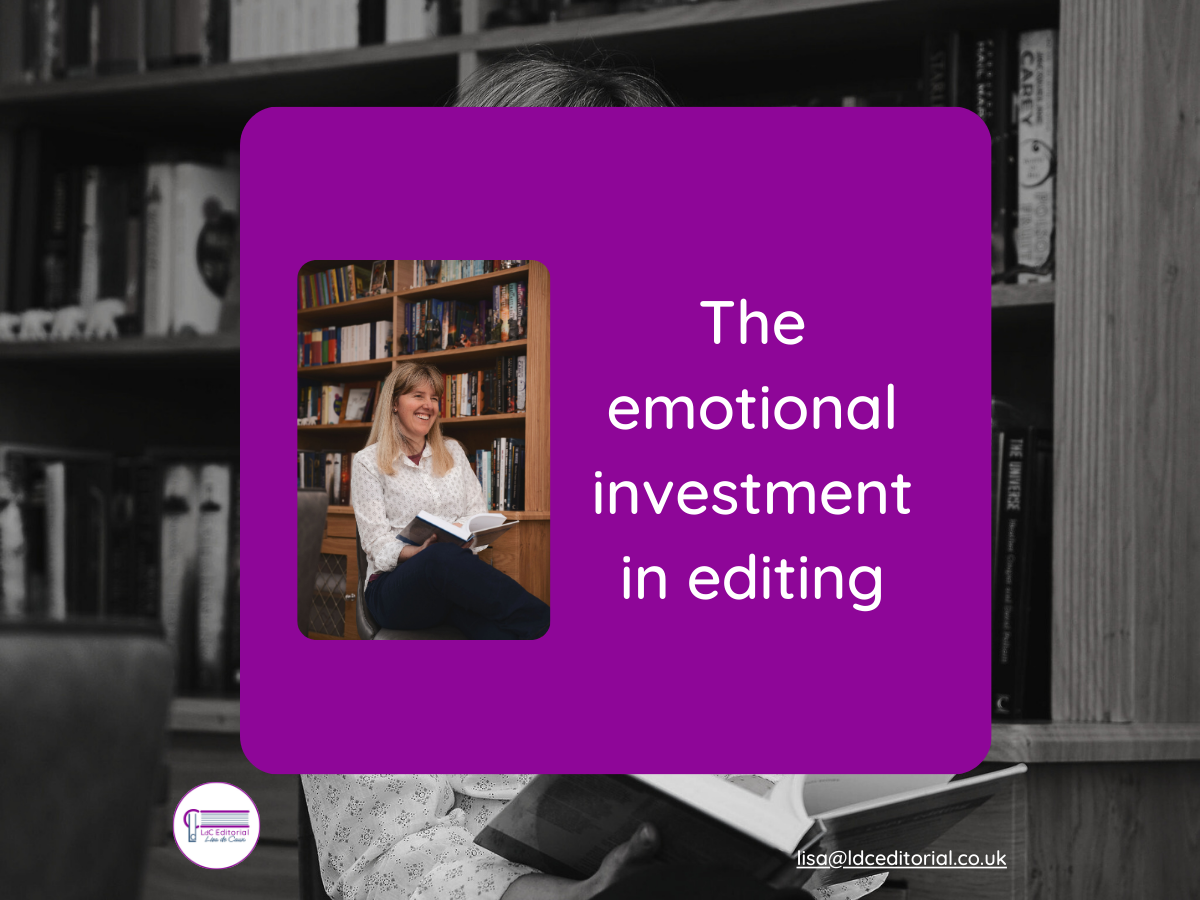Presenting tips from an editor: managing adrenaline, nerves and imposter syndrome
Setting the scene

My style sheet with editorial report session at the recent Chartered Institute of Editing and Proofreading conference (#ciep2025) has left me with many thoughts! Now that the conference is over, I’ve had time to reflect on the whole experience. My imposter syndrome flared up and led to blogging… This companion blog captures my thinking about my adrenaline response to my session.
What stands out most is how I’ve moved from “Who am I to do this?” to recognising that I have some useful presenting tips to share. And, for me, it revolves around understanding that the feeling we often call “nerves” is just adrenaline doing its job.
Anticipating the nerves
Before the event, I knew this was going to cause my imposter syndrome to flare up. It was my first live presentation since before Covid, and I was so worried about getting lost – yes, my sense of direction really is that bad! (Thank you to Melanie Cotton for getting me there and to the CIEP office team who patiently redirected me every time I asked which way to go.)
People asked if I was nervous. The answer is yes. The important caveat here is that I don’t think “nerves” are to be avoided. I think of my feeling as an adrenaline response rather than “nerves”. Though I do get nervous about all sorts of things (yes, getting lost!), presenting is different. I’m not worried about doing it; I just feel the adrenaline rise. And it makes my presentation better.
Though I do get nervous about all sorts of things, presenting is different. I’m not worried about doing it; I just feel the adrenaline rise. And it makes my presentation better.
The science behind the feeling
What you feel before presenting is a well-understood physiological and psychological pattern. When your brain senses that something important is about to happen – like speaking in front of a group – it triggers the sympathetic nervous system, releasing adrenaline and cortisol. Your heart beats faster, your senses sharpen, and your focus intensifies.
That rush is what we often call “nerves” – it’s your body preparing you to perform. In psychology, reframing that stress response as helpful is called reappraisal. It shifts your mindset from “I’m scared” to “I’m ready”. Some public-speaking experts encourage this reframe because it turns anxiety into energy. I’ve even seen this used in relation to jumping out of a plane to skydive!
After the talk, as the adrenaline fades, the parasympathetic system takes over – your body moves from “fight or flight” to “rest and digest”. That’s when the adrenaline crash hits and imposter syndrome likes to sneak in. The buzz that kept you confident ebbs away, and suddenly there’s space for self-doubt.
I knew it was coming so I prepared.
My coping strategies
Because I know what’s coming, I prepare for the whole cycle – rise, performance, and comedown.
- Plan the outfit early. I chose what I’d wear months in advance. Purple is my favourite colour – it’s also my brand colour – and wearing it gives me confidence.
- Wear something that makes you happy. In sixth form and at university, I used to wear silly socks for exams. It gave me a boost, a small reminder of something joyful.
- Claim the space. I like to arrive early and be in the room first. It helps me feel like it’s my space, and that I’m welcoming others into it.
- Hold something warm. I’d read that holding something warm can help calm you. So I took my branded mug and filled it with peppermint tea. People are used to seeing me on social media with a mug in hand! The warmth helps me feel grounded, and it’s a subtle cue to myself that I’m comfortable and in control.
- Rehearse thoroughly. David Pullan once suggested rehearsing for an hour for every minute of a talk. I didn’t have a script, but I practised so much that I barely needed my slides. (David is a fabulous speaker who I became aware of when I had the pleasure of editing his book, The DNA of Engagement.)
- Plan for the comedown. The crash is real, so I line up “comfort things” for afterwards – comfort telly, comfort reading, and my Feeling Good folder. Knowing that the crash is coming helps me prepare rather than panic.
Presenting well isn’t about banishing nerves; it’s about understanding them. Your body’s stress response is there to help you – it’s your built-in performance partner.
Final thoughts
Presenting well isn’t about banishing nerves; it’s about understanding them. Your body’s stress response is there to help you – it’s your built-in performance partner. When you accept that adrenaline rush as readiness, not fear, you can channel it into confidence and connection.
After #ciep2025, I realised that speaking had given me a fresh perspective – not just on the topic itself, but on my own growth. The imposter feelings still whisper, but they’re quieter now. I know that my coping strategies worked for me, so I’m confident to share them. I hope that they work for you too.
I’m Lisa. I’m an editor and proofreader, specialising in business books and fiction. I spent many years as a chartered accountant before retraining as an editor and proofreader. Now I get to embrace my degree in English Lit!
Please do
drop me a line to talk about editing, proofreading, business mentoring for editorial professionals, or to be added to my waiting list.









